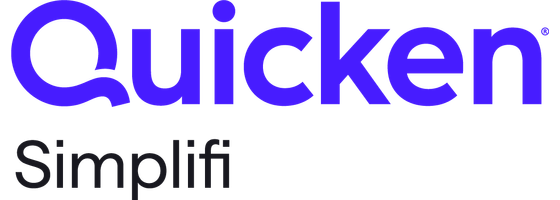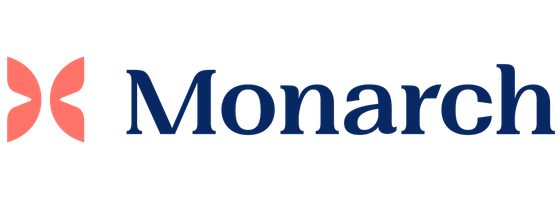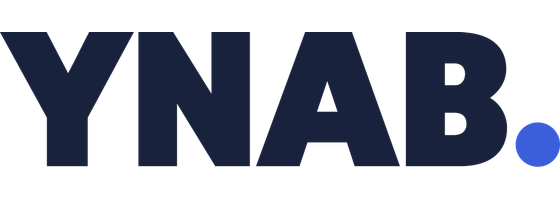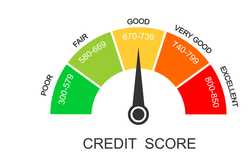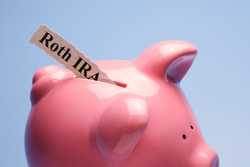- Get help dropping unused or unwanted subscriptions that are eating into your budget.
- View credit score for free, as Mint used to offer.
- Simple user experience for easy learning.
The Best Budgeting Apps for 2025

Our evaluations and opinions are not influenced by our advertising relationships, but we may earn a commission from our partners’ links. This content is created by TIME Stamped, under TIME’s direction and produced in accordance with TIME’s editorial guidelines and overseen by TIME’s editorial staff. Learn more about it.
Managing your money is critical for your financial well-being. But there’s no one-size-fits-all approach to budgeting, so you need to find a method that works for you. The following budgeting apps can help you do exactly that.
Features: Build a budget through individual expense categorization and create savings goals individually or with a partner
Usability: Connects to banking accounts and helps you cut unwanted subscriptions
Mobile app: iOS and Android
Links to accounts: Yes
Many budgeting apps have a method that you’ll need to adopt when you sign up. But Simplifi lets you budget the way that’s best for you, whether that’s 50/30/20, zero-based budgeting, the envelope method, or whatever else you choose.
Features: Tracks expenses to build a personalized budget using your preferred method, including zero-based, envelope, 50/30/20, and more
Usability: Imports banking transactions and adds flexibility with categorization
Mobile app: iOS and Android
Links to accounts: Yes
If you want a budgeting app that is like Mint at the same price, you may want to get Empower. Like Mint, Empower is free to use for everything except investment management services.
Features: Net worth tracking, budgeting, and automatic categorization; you can add investment management services for an additional cost
Usability: Connects your savings, checking, investments, and retirement accounts
Mobile app: iOS and Android
Links to accounts: Yes
It’s as close to Mint as you’re going to get for free budgeting and expense tracking, although the format is a little different (which is to be expected). It also lets you connect investment portfolios so you can see your entire net worth in one place rather than checking out many different accounts for the big-picture figures.
Features: Simple interface to track spending and create a budget based on expenses
Usability: Connect accounts and manually add transactions
Mobile app: iOS and Android
Links to accounts: Yes
Features: Create a budget with or without a partner (you can even invite your financial advisor); also tracks your investments
Usability: Uses AI to connect and monitor transactions
Mobile app: iOS and Android
Links to accounts: Yes
Features: Budgeting, investing, insurance offerings, bill negotiations, savings, cash advances, banking
Usability: Syncs with bank accounts and allows modifications and adjustments
Mobile app: iOS and Android
Links to accounts: Yes
Features: Budgeting, investing, insurance offerings, bill negotiations, savings, cash advances, banking
Usability: Syncs with bank accounts and allows modifications and adjustments
Mobile app: iOS and Android
Links to accounts: Yes
At a hefty cost at nearly $100 a year, YNAB (formerly You Need a Budget) is one of the most expensive budgeting apps on the market today. But die-hard fans are also the most loyal to YNAB. There’s a bit of a learning curve and YNAB is exceptionally specific. But there’s a free 34-day trial to help you get acclimated and see if it’s right for you.
Features: Follows zero-based budgeting, very specific in detailing where your money goes
Usability: Connects major accounts to track every dollar
Mobile app: iOS and Android
Links to accounts: Yes
| Budgeting App | Monthly fee |
|---|---|
Free; Premium membership is optional and ranges between $6 and $12 monthly | |
$2.99 | |
Free | |
$5.99 | |
$14.99 (or $99 a year) | |
$9.99 to $19.99 per month | |
Cusion AI | $4.95 to $12.99 |
$14.99 (or $109 a year) |
We evaluated dozens of budgeting apps based on cost, usability, user experience, and user reviews. These are some of the best apps on the market.
Because there are so many ways to budget, it’s important to find an app that works with your preferred budgeting method. Here are some things to consider when choosing a budgeting app.
There are a number of different budgeting styles, including the 50/30/20 rule, zero-based budgeting, pay yourself first, and the envelope method. Many budgeting apps and software programs use some form of these.
Remember that it’s okay to change apps even after years with the same one. You aren’t the same person you were five, 10, or 20 years ago, so why should your money management style stay the same?
A good budgeting app allows you to get both a general and detailed view of your finances. You should be able to see how much money you have coming in and what’s expected to go out every week or month, to gauge whether you’re on the right track. At the same time, you also need to examine different budgeting categories and individual transactions, so you can see precisely where you’re spending your money.
While not everyone is a fan of automatically syncing accounts to your budgeting app, it makes building a budget much easier when you can see everything in one place. The more account options you can add, the better your chances of knowing where your money goes.
You should be able to easily add accounts and set up budgets. Depending on your app, you may have to tweak and change as necessary. For instance, if you get a new car, you’ll want to update your car payment budget. If you get a raise, you’ll want to increase your income as a line item in your budget. Find an app that lets you update as needed.
Not everyone wants to use an app to manage their money. This includes people who worry about being hacked. While most budgeting apps are secure and use many different ways to protect your personal and financial information, there is always the potential for fraud, and that can be a deal-breaker for some people.
If a budgeting app isn’t right for you, here are some other options for managing your money.
Sometimes you just need to write it all out. This can be time-consuming, but some people may like the simplicity of using a pen and paper to budget.
Start by listing all your money coming in. Then total your fixed expenses, such as utilities, rent, or mortgage. Add in your car payment, insurance, and any loans. Don’t forget your minimum credit card amounts and necessities, such as food, medicine, and clothing. If you have any subscriptions, such as streaming services, newspapers, or websites, make sure to add those as well. Be sure to include any regular contributions to retirement and savings accounts.
Write out any purchase or payment you make. Track your money for a few months to see where it goes, then adjust your budget as necessary. You can use your budget to create or update your financial goals, whether it’s to save for a big purchase or vacation, pay off debt, or sock away money for retirement.
Create a spreadsheet in Excel or Google Docs, then lay it out with the pen-and-paper method. Track all the money coming in and going out. Some folks create new spreadsheet pages for each month, while others update the same page as needed. How you use it is up to you.
There are plenty of free and low-cost templates online for you to utilize. Tinker and change as needed.
Budgeting makes you more financially aware by helping you better understand where your money is going. When you stick to a regular budget, you can see your income and expenses and keep track of your spending. Budgeting can also help you stay on track with your financial goals, make it easier to reduce your debt, and help you prepare for financial emergencies.
There are different approaches to budgeting, but some require more work than others. For example, a zero-based budget asks you to create a job for every dollar, so things can change every budgeting cycle. If you prefer a simpler approach, you might want to consider a 50/30/20 budget, which is more straightforward.
Credit cards can be a powerful financial tool when used responsibly. But if you’re struggling to manage your credit card debt, extreme measures may be required. One option is to take your credit card out of your wallet, so you won’t be tempted to spend. Some people have been known to cut up their credit cards.
Some budgeting apps make it too easy. Even if you’ve automated most of your budgeting, it’s a good idea to review the results regularly. Staying involved with your budget will increase your chances of success. Whether you use an app or do it the old-fashioned way, zero-based budgets are great for staying on top of every dollar.
If you have trouble sticking to an old-fashioned pen-and-paper budget, consider using a budgeting app like the ones covered in this article. The right app can save you time, and take the work out of budgeting, making it easier to stay on track. Several top budgeting apps are free to use, and many come with additional features, such as goal setting, bill negotiation, and joint budgeting, to help you reach your financial goals.
Creating a budget is vital to your financial health, and budgeting apps can make it easier to stay on track. However, there’s no one budgeting method to rule them all, and apps aren’t right for everyone. Try to figure out what will work for you, and if it fails, try again. The most important thing is to get started, whether for the first or fifth time. Being ignorant of your monetary situation can only lead to disaster. Remember, knowledge is power.
The 50/30/20 budget rule assigns 50% of income to needs, 30% to wants, and 20% to savings.
Our list includes free budgeting apps Empower, Rocket Money, EveryDollar, and Goodbudget. The first two are arguably better because they allow for connectivity to bank accounts.
Goodbudget and EveryDollar are the only two apps on our list that don’t link to bank accounts, though the latter has a premium version that does if you pay for it. The former uses the envelope budgeting method, while the latter employs zero-based budgeting. Which is best depends on what you want.
It doesn’t matter which is better because Mint closed at the end of 2023, so it’s no longer available. Rocket Money is certainly a plausible alternative, as are some other apps.
The information presented here is created by TIME Stamped and overseen by TIME editorial staff. To learn more, see our About Us page.

